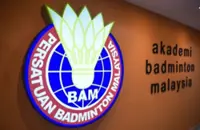Hoi An, a World Heritage Site, is a favourite among adventurous Malaysians. — Photos: SANDIP HOR
Vietnam fascinates me. I have been there several times in the past to savour its attractions that stretch from intriguing history and spectacular nature to diverse culture and culinary explosions, all embraced by a lively atmosphere.
Earlier visits focused on the northern and southern parts of this “S” shaped nation, covering the capital Hanoi, mountainous Sapa, World Heritage Site-listed Ha Long Bay, naturally stunning Ninh Binh and thriving Ho Chi Minh City.





